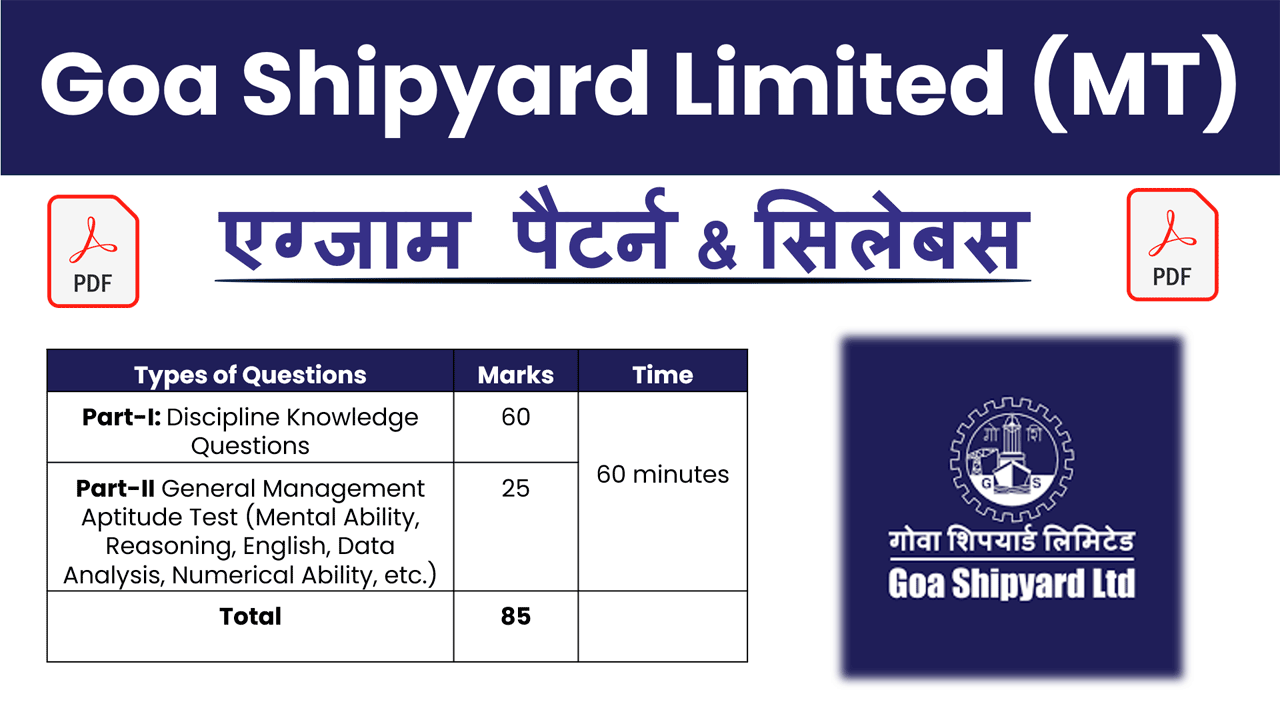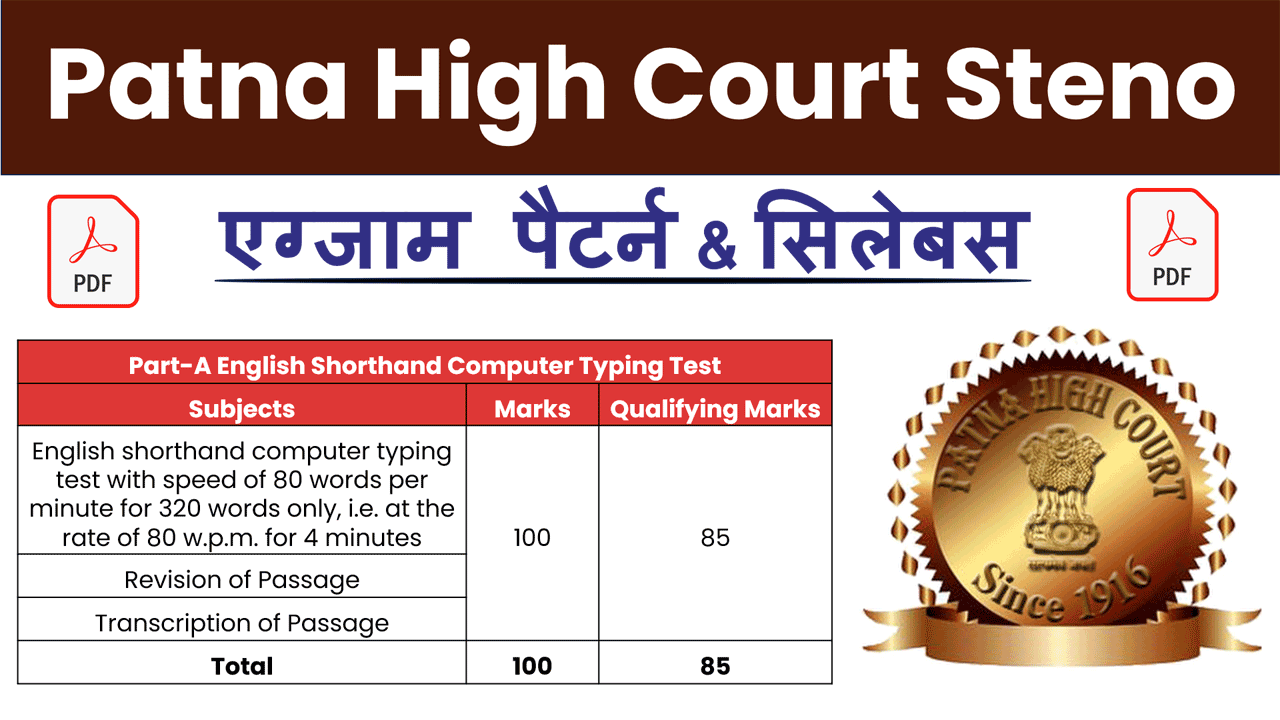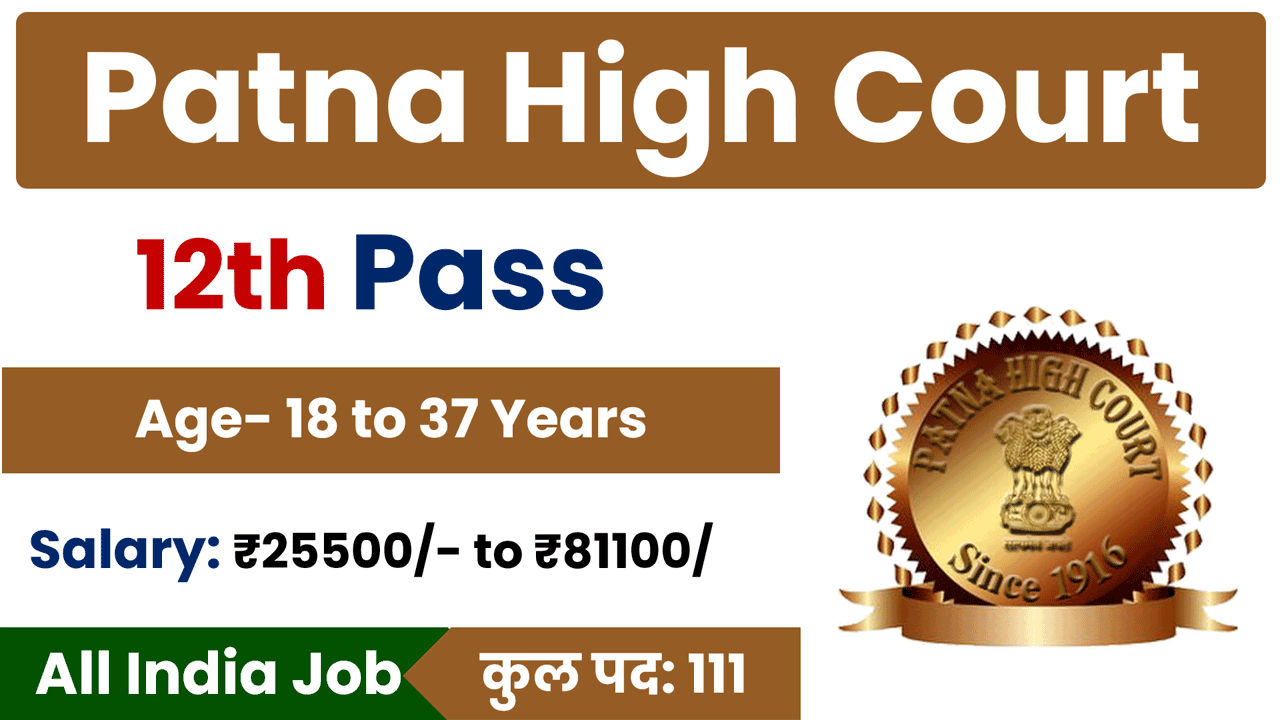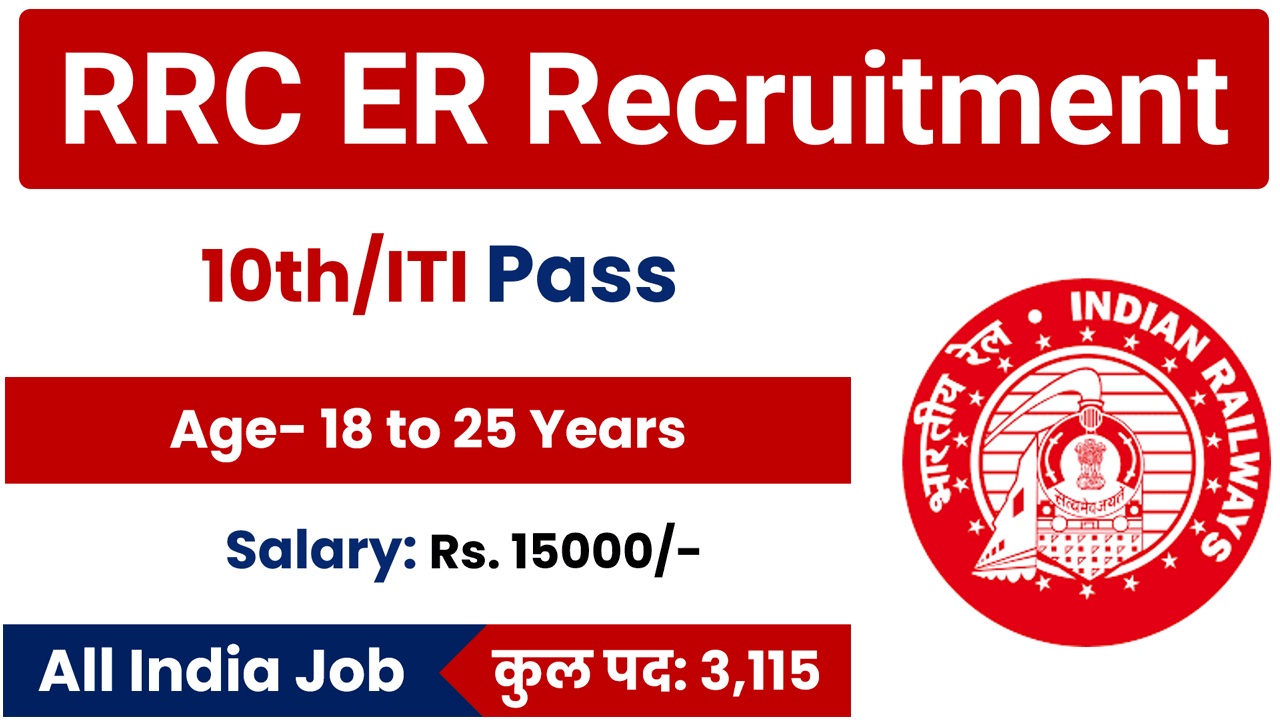Mastering Spheres in Competitive Exams: A Comprehensive Guide: Spheres are fundamental three-dimensional shapes that are pivotal in competitive exams requiring a solid understanding of geometry. Whether you’re preparing for entrance tests, government job exams, or any competitive assessment, a thorough grasp of spheres can significantly enhance your performance. This guide delves deep into the intricacies of spheres, providing you with all the essential knowledge to excel in this critical topic.
| Chapters | Download Links |
| Average📙 | Download 🔗 |
| Compound Interest📙 | Download 🔗 |
| Circle📙 | Download 🔗 |
| Cube & Cube Root📙 | Download 🔗 |
| Cuboid📙 | Download 🔗 |
| Cylinder📙 | Download 🔗 |
| Heights & Distance📙 | Download 🔗 |
| LCM & HCF📙 | Download 🔗 |
| Mixture and Allegation📙 | Download 🔗 |
| Partnership📙 | Download 🔗 |
| Percentage📙 | Download 🔗 |
| Profit, Loss & Discount📙 | Download 🔗 |
| Quadrilateral📙 | Download 🔗 |
| Ratio & Proportion📙 | Download 🔗 |
| Simple Interest📙 | Download 🔗 |
| Simplification📙 | Download 🔗 |
| Speed, Time & Distance📙 | Download 🔗 |
| Sphere📙 | Download 🔗 |
| Square & Square Root📙 | Download 🔗 |
| Time and Work📙 | Download 🔗 |
| Trigonometry📙 | Download 🔗 |
What is a Sphere?
A sphere is a perfectly round three-dimensional object in which every point on its surface is equidistant from its center. Key properties of a sphere include its radius, diameter, surface area, and volume. Understanding these properties and their applications is crucial for solving geometric problems in competitive exams.
Importance of Spheres in Competitive Exams
- Geometric Reasoning: Questions related to spheres test your ability to apply geometric principles such as radius, diameter, surface area, and volume calculations.
- Coordinate Geometry: Understanding equations of spheres in three-dimensional space is essential for solving problems involving intersections, tangents, and transformations.
- Problem Solving: Many competitive exams feature questions on sphere properties, relationships with other geometric shapes, and practical applications in fields like astronomy, physics, and engineering.
Types of Sphere Problems
- Basic Properties: These include calculating surface area, volume, and relationships between radius, diameter, and circumference.
- Equations of Spheres: Problems involving finding equations of spheres given certain conditions or properties in three-dimensional coordinate systems.
- Geometric Constructions: Questions requiring you to visualize and manipulate spheres in various orientations and dimensions.
Tips for Mastering Spheres
- Learn Sphere Formulas: Familiarize yourself with formulas for surface area A=4πr2A = 4 \pi r^2A=4πr2 and volume V=43πr3V = \frac{4}{3} \pi r^3V=34πr3, where rrr is the radius of the sphere.
- Practice Geometry Problems: Solve a variety of sphere-related problems from previous years’ papers, mock tests, and textbooks to reinforce your understanding.
- Visualization Skills: Develop the ability to mentally rotate and manipulate three-dimensional shapes, which is crucial for solving sphere-related problems efficiently.
Conclusion
In conclusion, mastering spheres requires more than memorizing formulas; it involves developing spatial reasoning and problem-solving skills. By practicing a diverse range of sphere problems and understanding their applications, you can approach competitive exams with confidence. Remember, a solid grasp of sphere properties and their relationships with other geometric shapes is essential not just for exams but also for fields requiring three-dimensional analysis.











